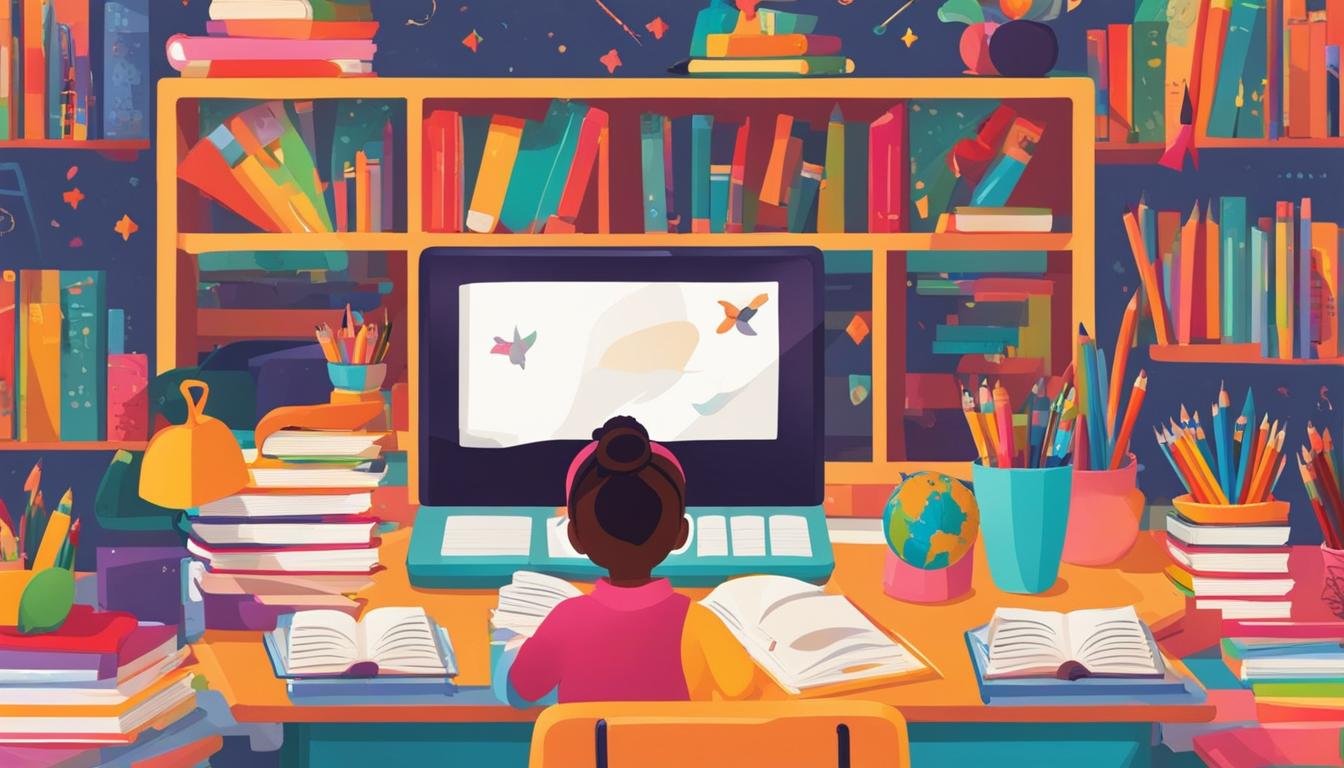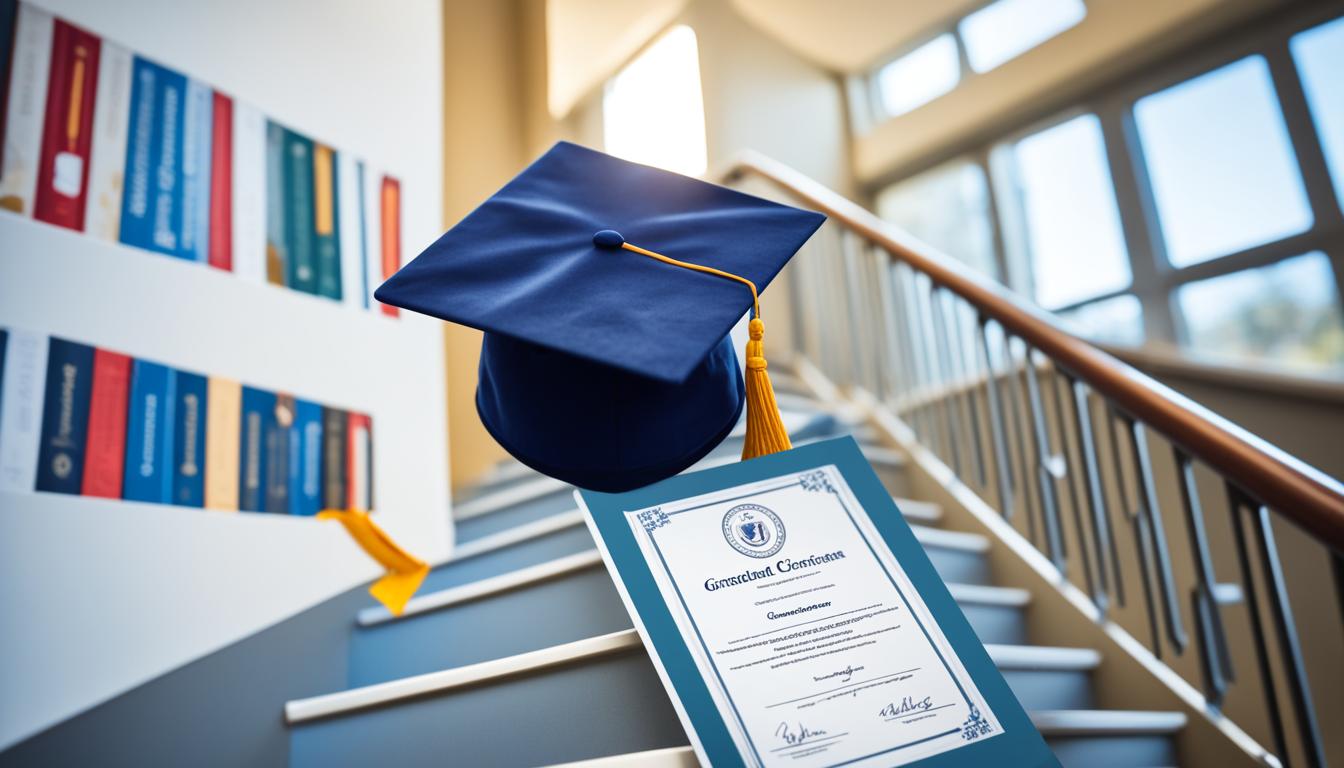Studying is often considered dull and monotonous, especially for 7-12 year olds. However, there are strategies and techniques that can make studying enjoyable and fun. This comprehensive guide explores various methods to infuse excitement into the learning process, fostering a love for education in children. With improved retention, motivation, and focus, students can develop a positive attitude towards studying.
In this article, we will discuss how to create an engaging study environment, infuse creativity into study sessions, make art and crafts a part of studying, turn studying into a game, establish a challenging study routine, and the importance of parental involvement and support. By implementing these tips, studying can become a fun and motivating journey, setting children up for success.
Creating an Engaging Study Environment
To set the stage for an enjoyable study experience, it’s important to create an engaging study environment. This can be done by allocating a specific area in your home solely for studying, which helps create a distinction between study time and playtime. Personalizing the study space with favorite colors, posters, or motivational quotes can make it more inviting and comfortable.
Ensuring that all necessary study materials are easily accessible and well-organized promotes efficiency and reduces distractions. Incorporating technology, such as educational apps and websites, can also make studying more exciting and interactive.
Consider the following tips for creating an engaging study environment:
- Create a dedicated study area in your home, preferably away from distractions like television or loud noises.
- Personalize the space with your child’s favorite colors, posters, or motivational quotes.
- Organize study materials in a way that makes them easily accessible, such as using labeled bins or folders.
- Incorporate technology into studying by using educational apps, websites, or online resources to make learning more interactive.
- Ensure the study area is well-lit and comfortable, with a suitable chair and desk.
Infusing Creativity into Study Sessions
Infusing creativity into study sessions can transform the learning experience for 7-12 year olds, making it more engaging and enjoyable. By incorporating hands-on experiences, visual aids and infographics, as well as storytelling and role-playing, children can develop a deeper understanding of the subject matter while having fun.
One effective method is to incorporate hands-on experiences into study sessions. This can involve conducting science experiments, creating art projects, or engaging in interactive activities related to the topic being studied. By allowing children to explore and manipulate materials, they can actively participate in the learning process and make meaningful connections.
Visual aids and infographics are also valuable tools for making studying more enjoyable. Creating diagrams, charts, and colorful illustrations helps children visualize abstract concepts, enhancing their comprehension and retention. Infographics can be used to represent information in a visually appealing and organized manner, making it easier for children to understand and remember key points.
Storytelling and role-playing are powerful techniques that bring lessons to life and ignite children’s imagination. By incorporating narratives and characters into study sessions, children can engage on a deeper level with the content and develop a personal connection. Role-playing allows them to step into the shoes of different characters, encouraging critical thinking and problem-solving skills.
Making Art and Crafts a Part of Studying
Integrating art and crafts into the studying process can enhance creativity and make learning more enjoyable for 7-12 year olds. By incorporating colorful flashcards, bright colors, images, symbols, and interactive elements, children can engage with the material in a hands-on and visually stimulating way.
One effective method is to create colorful flashcards using vibrant colors that catch the child’s attention. By associating specific colors with different subjects or concepts, the flashcards help reinforce the connection between ideas and their representations. Adding relevant images or symbols on the flashcards further enhances the visual aspect and aids in memory retention.
In addition to using flashcards, incorporating interactive elements can make studying more exciting. Adding flaps or tabs to flashcards, which can be lifted to reveal additional information, adds an element of surprise and engagement. This interactive approach keeps children actively involved in the learning process.
Overall, by integrating art and crafts into studying, children can experience a hands-on and visually stimulating activity that enhances their engagement and enjoyment of the material.
Turning Studying into a Game
One effective method to make studying enjoyable for 7-12 year olds is by turning it into a game. By incorporating educational games and quizzes into their study sessions, children can engage in interactive learning experiences. Online learning platforms offer game-based quizzes that challenge their knowledge and provide an element of fun. Additionally, exploring educational board games and card games can make studying more exciting and enjoyable.
Friendly competitions and rewards can also enhance the gamification aspect of studying. Creating study competitions with siblings or friends, where points, badges, or rewards can be earned, motivates children to stay focused and perform their best. This healthy competition fosters a sense of excitement and encourages children to actively participate in their learning journey.
Challenges can further add an element of fun and engagement to study sessions. By setting challenges, such as completing a certain number of math problems within a time limit or memorizing a set of vocabulary words, children are motivated to push themselves and achieve their goals. Rewards can be given for successfully completing these challenges, reinforcing their progress and creating a sense of accomplishment.
Key points:
- Utilize educational games and quizzes to engage children in interactive learning experiences.
- Explore educational board games and card games to make studying more exciting.
- Create friendly study competitions with siblings or friends to foster motivation and engagement.
- Add challenges and rewards to study sessions to enhance the sense of fun and accomplishment.
Setting a Challenging Study Routine
Consistency in studying is crucial for academic success. By establishing a study schedule, children develop discipline and maintain motivation. Breaking tasks into manageable chunks helps prevent overwhelm and ensures progress is made. Here are some tips to set a challenging study routine:
1. Allocate Dedicated Study Time:
Set aside specific time slots each day for studying. This dedicated time creates a routine and reinforces the importance of learning. Consistency is key to developing good study habits.
2. Establish a Study Schedule:
Create a study schedule that suits your child’s needs and preferences. Consider their energy levels and schedule study sessions when they are most alert and focused. Having a structured plan helps children stay organized and committed to their studies.
3. Break Tasks into Manageable Chunks:
Divide larger study tasks into smaller, more manageable chunks. This approach prevents overwhelm and allows for steady progress. Encourage your child to focus on each task one at a time, celebrating achievements along the way.
By following a challenging yet achievable study routine, children develop important skills such as time management and perseverance. Consistency and goal-setting contribute to successful learning outcomes, helping children reach their full potential.
Parental Involvement and Support
When it comes to motivating a lazy child to study, parental involvement and support are essential. By understanding your child’s unique needs and finding strategies that work for them, you can make learning fun and engaging. Here are some tips to attract your child to study:
- Create an inviting study environment: Design a dedicated study area that is comfortable and free from distractions. Personalize it with your child’s favorite colors and posters to make it more appealing.
- Use interactive learning methods: Incorporate hands-on activities, visual aids, and storytelling into study sessions. This will make the material more interesting and help your child retain information.
- Make learning a game: Turn studying into a game by using educational apps, quizzes, or board games. Encourage friendly competitions and offer rewards to keep your child motivated.
- Provide encouragement and support: Show interest in your child’s studies and offer praise for their efforts. Celebrate small victories and provide guidance when they face challenges.
By actively participating in your child’s studying journey, you create a positive association with learning and help them stay motivated. Remember to be patient and flexible in your approach, as each child is unique and may respond differently to various strategies. With your support, studying can become an enjoyable experience that fuels your child’s curiosity and sets them up for academic success.
Conclusion
In conclusion, studying can be made fun and enjoyable for 7-12 year olds by implementing creative and interactive strategies. By creating an engaging study environment, infusing creativity into study sessions, making art and crafts a part of studying, turning studying into a game, setting a challenging study routine, and involving parents for support, the joy of learning can be unlocked.
By incorporating these methods, studying becomes a positive and exciting experience, leading to improved retention, motivation, and focus in children. It is important to explore different approaches and find what works best for each child, as every child is unique.
With the right approach and support, studying can be transformed into a motivating journey that fosters a love for education and sets children up for success. So, let’s make studying fun and maintain motivation by applying these strategies and creating a positive association with learning.
FAQ
How can I create an engaging study environment for my child?
You can allocate a specific area in your home solely for studying, personalize the study space with favorite colors and motivational quotes, ensure that all necessary study materials are easily accessible and well-organized, and incorporate technology such as educational apps and websites.
What are some ways to infuse creativity into study sessions?
You can incorporate hands-on experiences and interactive study materials, such as conducting science experiments or creating visual aids like diagrams and infographics. Storytelling and role-playing can also bring lessons to life and spark imagination.
How can art and crafts be incorporated into studying?
You can create colorful flashcards using vibrant colors and relevant images or symbols, as well as add interactive elements such as flaps or tabs that can be lifted to reveal additional information. This makes studying a hands-on and visually stimulating activity.
How can I turn studying into a game?
You can use online learning platforms with game-based quizzes, explore educational board games and card games, and create friendly study competitions with siblings or friends where points, badges, or rewards can be earned.
How do I set a challenging study routine?
You can allocate dedicated time for studying, establish a study schedule that suits your child’s needs and preferences, break down study tasks into manageable chunks, and set realistic goals to prevent overwhelm and maintain motivation.
How can parental involvement and support make studying enjoyable?
By understanding your child’s unique needs and finding strategies that work for them, you can make learning fun through engaging activities and interactive approaches. Creating an environment and activities that spark their interest and curiosity can attract your child to study.
How can studying be transformed into an enjoyable experience for 7-12 year olds?
By implementing creative and interactive strategies such as creating an engaging study environment, infusing creativity and gamification, setting a challenging study routine, and providing parental involvement and support, studying can become a fun and motivating journey that fosters a love for education.


